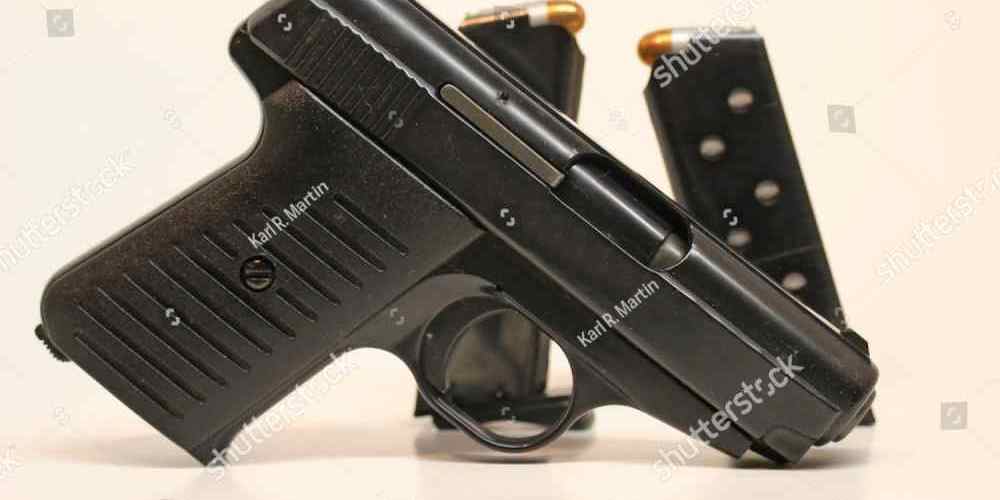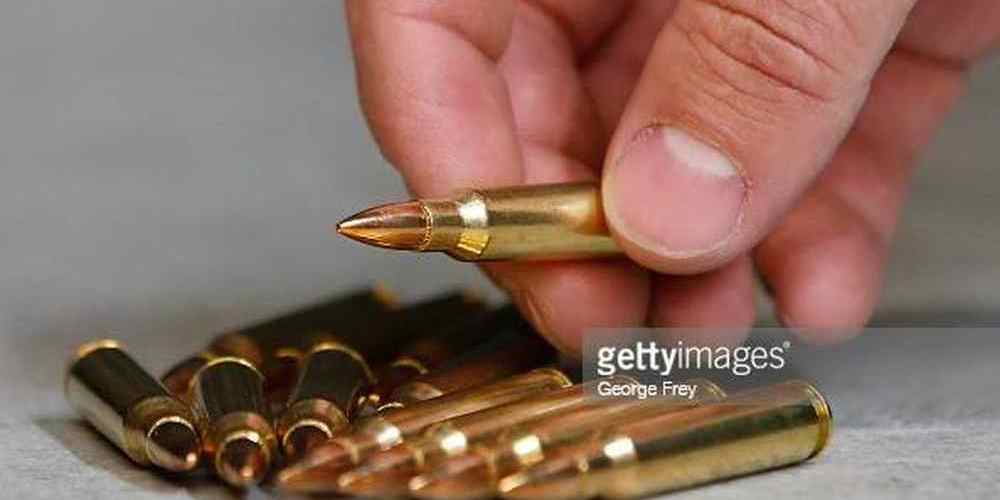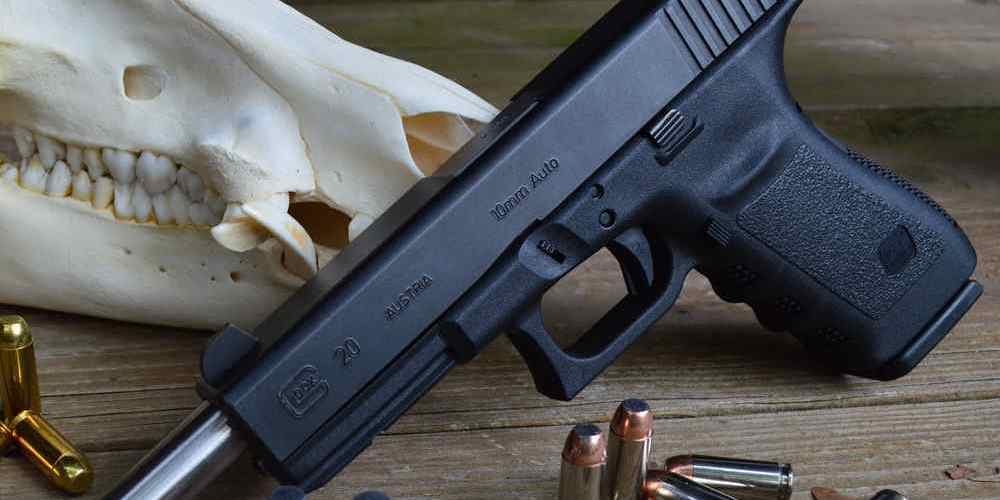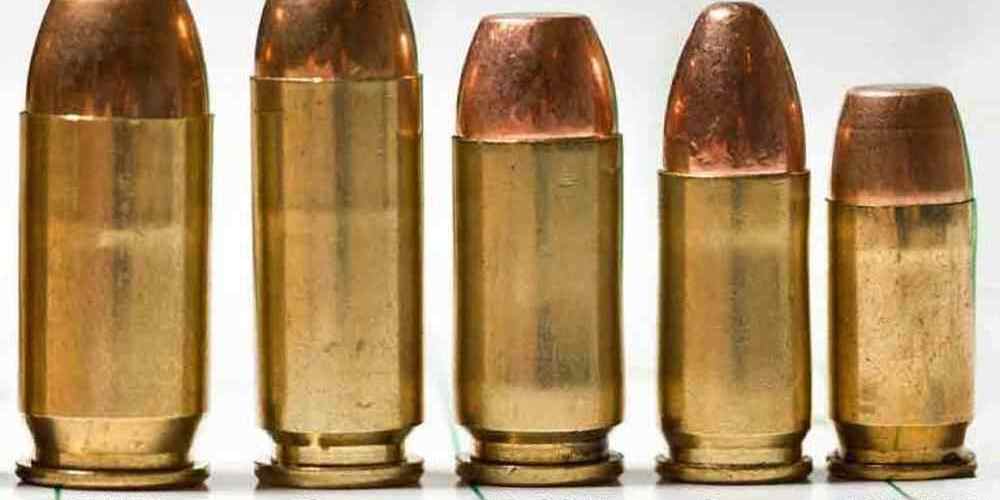“Training Rounds for precision, Duty Rounds for protection.”
Benefits of Training Rounds for Semi-Autos
When it comes to training with semi-automatic firearms, there is often a debate about whether to use training rounds or duty rounds. Both options have their own set of benefits, but in this article, we will focus on the advantages of using training rounds for semi-autos.
Training rounds, also known as practice rounds or dummy rounds, are inert cartridges that do not contain any gunpowder or primer. They are typically made of plastic or metal and are used for training purposes to simulate the weight and feel of live ammunition. One of the main benefits of using training rounds for semi-autos is that they are much safer to use during training exercises.
Using training rounds allows shooters to practice their marksmanship skills without the risk of accidental discharge. This is especially important for beginners who are still learning how to handle a firearm safely. By using training rounds, shooters can focus on improving their shooting technique without the fear of causing harm to themselves or others.
Another benefit of using training rounds for semi-autos is that they are more cost-effective than using live ammunition. Training rounds can be reused multiple times, making them a more economical option for shooters who want to practice regularly without breaking the bank. This cost savings can be especially beneficial for law enforcement agencies or military units that conduct frequent training exercises.
In addition to being safer and more cost-effective, training rounds can also help shooters improve their weapon handling skills. By using training rounds, shooters can practice loading and unloading their firearm, as well as clearing malfunctions and performing drills. This hands-on experience can help shooters become more proficient with their semi-automatic firearm and build confidence in their abilities.
Furthermore, using training rounds can help shooters become more familiar with the mechanics of their semi-auto firearm. By repeatedly chambering and ejecting training rounds, shooters can gain a better understanding of how their firearm operates and how to troubleshoot common issues. This knowledge can be invaluable in a high-pressure situation where quick thinking and problem-solving skills are essential.
Overall, the benefits of using training rounds for semi-autos are clear. They provide a safe and cost-effective way for shooters to practice their marksmanship skills, improve their weapon handling abilities, and become more familiar with the mechanics of their firearm. Whether you are a beginner looking to build your shooting skills or a seasoned shooter wanting to stay sharp, training rounds can be a valuable tool in your training arsenal.
In conclusion, training rounds offer a wide range of benefits for shooters who want to train with semi-automatic firearms. By using training rounds, shooters can practice safely, improve their skills, and become more proficient with their firearm. So next time you hit the range, consider using training rounds to take your shooting to the next level.
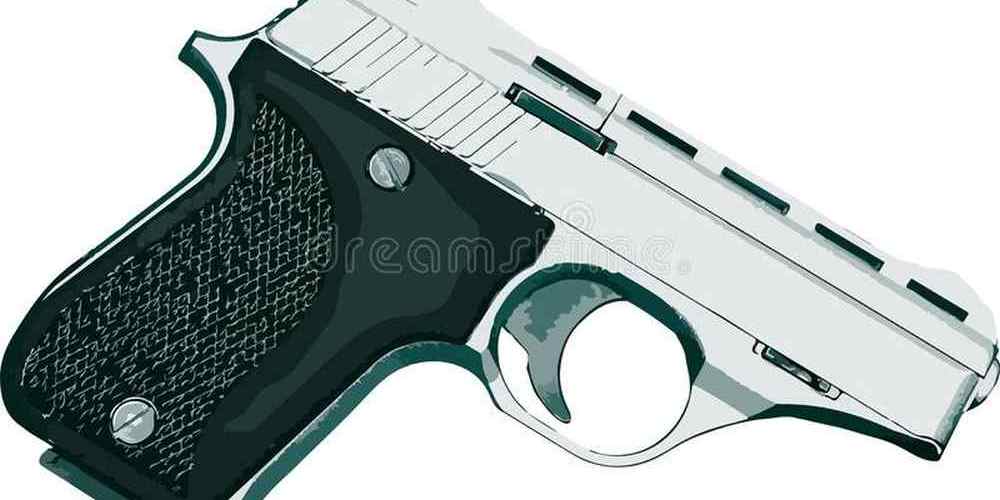
Advantages of Duty Rounds for Semi-Autos
When it comes to choosing the right ammunition for your semi-automatic firearm, there are a few factors to consider. One of the key decisions you’ll need to make is whether to use training rounds or duty rounds. While both types of ammunition have their own advantages, duty rounds are often preferred for their reliability and performance in real-world situations.
Duty rounds are specifically designed for self-defense and law enforcement use. They are typically loaded with hollow-point bullets, which are designed to expand upon impact, creating a larger wound channel and increasing stopping power. This makes duty rounds more effective at neutralizing threats quickly and efficiently.
In addition to their stopping power, duty rounds are also known for their consistent performance. Manufacturers of duty rounds rigorously test their ammunition to ensure reliability and consistency in various conditions. This means that you can trust your duty rounds to perform as expected when you need them most.
Another advantage of duty rounds is their ability to penetrate barriers. In a self-defense situation, you may need to shoot through obstacles such as clothing, glass, or walls to reach your target. Duty rounds are designed to maintain their trajectory and effectiveness even after passing through barriers, making them a reliable choice for real-world scenarios.
Furthermore, duty rounds are often loaded with premium components, such as nickel-plated cases and low-flash powders. These features help to reduce fouling in your firearm and minimize muzzle flash, improving your overall shooting experience. Duty rounds are also typically loaded to higher pressure levels, which can result in increased velocity and energy transfer upon impact.
In contrast, training rounds are designed for practice and target shooting. While training rounds are useful for honing your marksmanship skills and familiarizing yourself with your firearm, they may not offer the same level of performance as duty rounds in a self-defense situation. Training rounds are often loaded with full metal jacket bullets, which do not expand upon impact and may not be as effective at stopping a threat.
Additionally, training rounds may not be as reliable or consistent as duty rounds. Manufacturers of training ammunition may not subject their products to the same level of testing and quality control as duty rounds, which can lead to variations in performance. This inconsistency can be a concern when relying on your ammunition to protect yourself or others.
In conclusion, duty rounds offer several advantages over training rounds for semi-automatic firearms. From their stopping power and reliability to their ability to penetrate barriers and premium components, duty rounds are a reliable choice for self-defense and law enforcement use. While training rounds have their place in practice and target shooting, duty rounds are the preferred option for those who prioritize performance and effectiveness in real-world situations. So, when it comes to choosing ammunition for your semi-automatic firearm, consider the advantages of duty rounds and make the choice that best suits your needs and priorities.
Differences in Performance Between Training and Duty Rounds
When it comes to training with semi-automatic firearms, the type of ammunition used can have a significant impact on performance. Two common types of ammunition used in training and duty scenarios are training rounds and duty rounds. While both serve their purpose, there are key differences in performance that shooters should be aware of.
Training rounds, also known as practice or target rounds, are typically less expensive and have less recoil compared to duty rounds. This makes them ideal for honing marksmanship skills and practicing shooting techniques. Training rounds are often made with a full metal jacket (FMJ) bullet, which helps prevent fouling in the barrel and ensures consistent performance.
On the other hand, duty rounds are designed for self-defense and law enforcement use. These rounds are typically more expensive and have a higher recoil compared to training rounds. Duty rounds are often made with a hollow point bullet, which is designed to expand upon impact and create a larger wound channel. This can be crucial in a self-defense situation where stopping power is essential.
When comparing the performance of training rounds versus duty rounds, shooters may notice differences in accuracy, recoil, and terminal ballistics. Training rounds are generally more accurate at longer distances due to their consistent performance and lower recoil. This makes them ideal for target shooting and precision training exercises.
In contrast, duty rounds may have a higher recoil and slightly reduced accuracy at longer distances. However, the terminal ballistics of duty rounds are superior to training rounds, as they are designed to deliver maximum energy upon impact. This can be crucial in a self-defense scenario where the shooter needs to stop a threat quickly and effectively.
It is important for shooters to understand the differences in performance between training rounds and duty rounds in order to make informed decisions about their ammunition choices. While training rounds are ideal for practice and skill-building, duty rounds are essential for self-defense and law enforcement applications.
Transitioning between training rounds and duty rounds during practice sessions can help shooters become familiar with the differences in performance and adjust their shooting techniques accordingly. By alternating between the two types of ammunition, shooters can develop a well-rounded skill set that is adaptable to various scenarios.
In conclusion, the performance differences between training rounds and duty rounds for semi-automatic firearms are significant and should be taken into consideration when selecting ammunition for training and self-defense purposes. Understanding the characteristics of each type of ammunition can help shooters make informed decisions about their training regimen and ensure they are prepared for any situation that may arise.
Considerations for Choosing Between Training and Duty Rounds
When it comes to choosing ammunition for your semi-automatic firearm, there are a few key considerations to keep in mind. One of the most important decisions you’ll need to make is whether to use training rounds or duty rounds. Each type of ammunition has its own set of advantages and disadvantages, so it’s important to understand the differences between the two before making a decision.
Training rounds are typically less expensive than duty rounds, making them a popular choice for practice sessions at the range. These rounds are designed to mimic the performance of duty rounds, but they are often loaded with less powerful powder charges. This can result in reduced recoil and muzzle blast, making training rounds more comfortable to shoot for extended periods of time.
While training rounds are great for honing your marksmanship skills, they may not provide the same level of performance as duty rounds in a real-world self-defense situation. Duty rounds are specifically designed to deliver maximum stopping power and terminal performance, making them the preferred choice for personal protection. These rounds are typically loaded with higher-powered powder charges and feature specialized bullet designs that are optimized for self-defense scenarios.
When choosing between training rounds and duty rounds, it’s important to consider your intended use for the ammunition. If you’re primarily using your firearm for target practice and recreational shooting, training rounds may be the best option for you. However, if you’re carrying a firearm for self-defense purposes, duty rounds are the way to go.
Another factor to consider when choosing between training and duty rounds is reliability. Semi-automatic firearms can be finicky when it comes to ammunition, so it’s important to choose rounds that are known for their consistent performance. Duty rounds are typically manufactured to higher quality control standards than training rounds, which can help ensure reliable feeding and cycling in your firearm.
It’s also worth noting that some firearms may require specific types of ammunition in order to function properly. Before choosing between training and duty rounds, be sure to consult your firearm’s owner’s manual to determine what type of ammunition is recommended for your particular make and model.
In conclusion, the decision between training rounds and duty rounds ultimately comes down to your intended use for the ammunition. If you’re looking to improve your marksmanship skills at the range, training rounds are a cost-effective option that can help you sharpen your shooting abilities. However, if you’re carrying a firearm for self-defense purposes, duty rounds are the best choice for maximum stopping power and terminal performance. Whichever type of ammunition you choose, be sure to prioritize reliability and consult your firearm’s owner’s manual for guidance on the best ammunition for your specific firearm.
Impact of Training Rounds on Weapon Maintenance and Longevity
When it comes to maintaining your semi-automatic firearm, the type of ammunition you use during training can have a significant impact on its longevity and overall performance. Training rounds, also known as practice or target rounds, are typically less powerful than duty rounds, which are designed for self-defense or law enforcement use. While training rounds are essential for honing your shooting skills, they may not provide the same level of stress on your firearm as duty rounds do.
Using training rounds exclusively during practice sessions can lead to a buildup of carbon and fouling in your gun’s barrel and action. This buildup can affect the gun’s accuracy and reliability over time, as well as increase the risk of malfunctions. Duty rounds, on the other hand, are typically loaded with higher-pressure powder charges and heavier bullets, which can help to clean out any residue left behind by training rounds.
To ensure that your semi-automatic firearm remains in top condition, it is important to regularly clean and maintain it after each training session. This includes disassembling the gun, cleaning the barrel and action, and lubricating all moving parts. By using a combination of training and duty rounds during practice, you can help to prevent excessive fouling and carbon buildup in your firearm, ultimately extending its lifespan.
In addition to regular maintenance, the type of ammunition you use can also affect the wear and tear on your gun’s internal components. Training rounds are typically less powerful than duty rounds, which means they exert less force on the gun’s slide, barrel, and other moving parts. While this may seem like a good thing, as it can reduce recoil and make shooting more comfortable, it can also lead to increased wear on these components over time.
Duty rounds, on the other hand, are designed to provide maximum stopping power and penetration, which means they exert more force on the gun’s internal components. While this can lead to increased recoil and muzzle flip, it can also help to ensure that your firearm functions reliably when you need it most. By using a combination of training and duty rounds during practice, you can help to balance the wear and tear on your gun’s internal components, ultimately prolonging its lifespan.
In conclusion, the type of ammunition you use during training can have a significant impact on your semi-automatic firearm’s maintenance and longevity. While training rounds are essential for honing your shooting skills, they may not provide the same level of stress on your gun as duty rounds do. By using a combination of training and duty rounds during practice, you can help to prevent excessive fouling and carbon buildup, as well as balance the wear and tear on your gun’s internal components. Ultimately, this can help to ensure that your firearm remains in top condition and functions reliably when you need it most.




